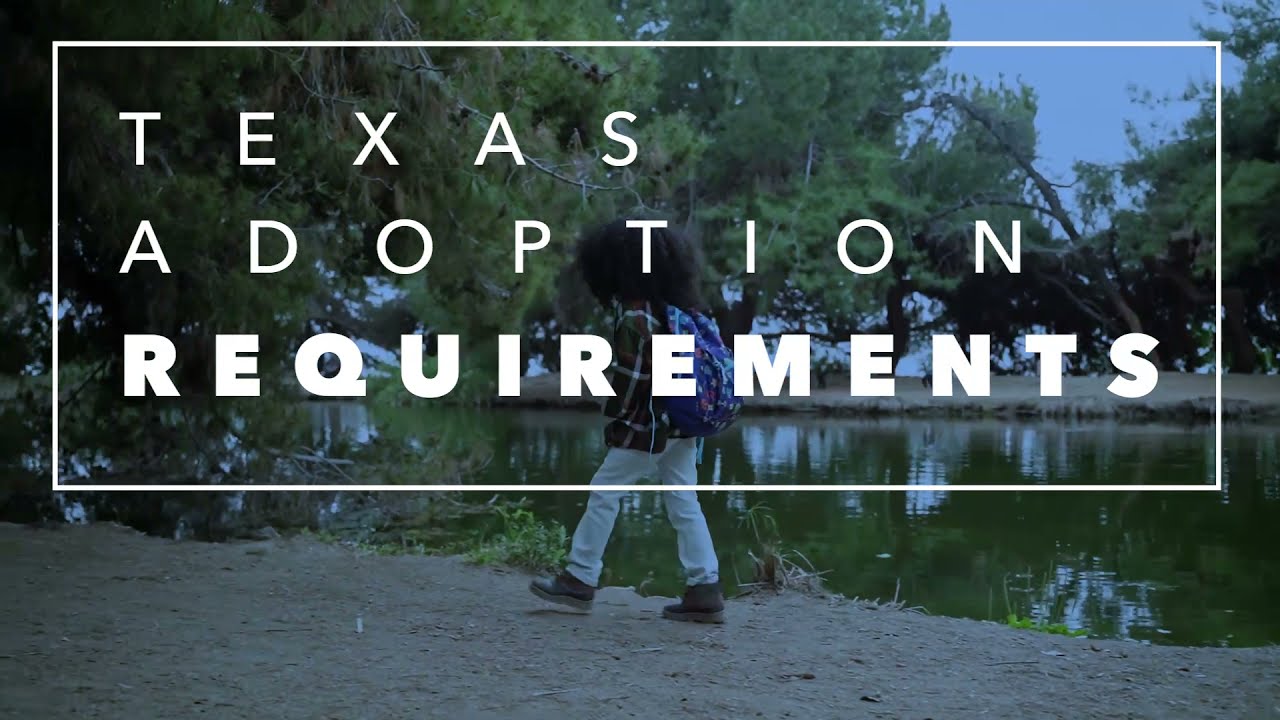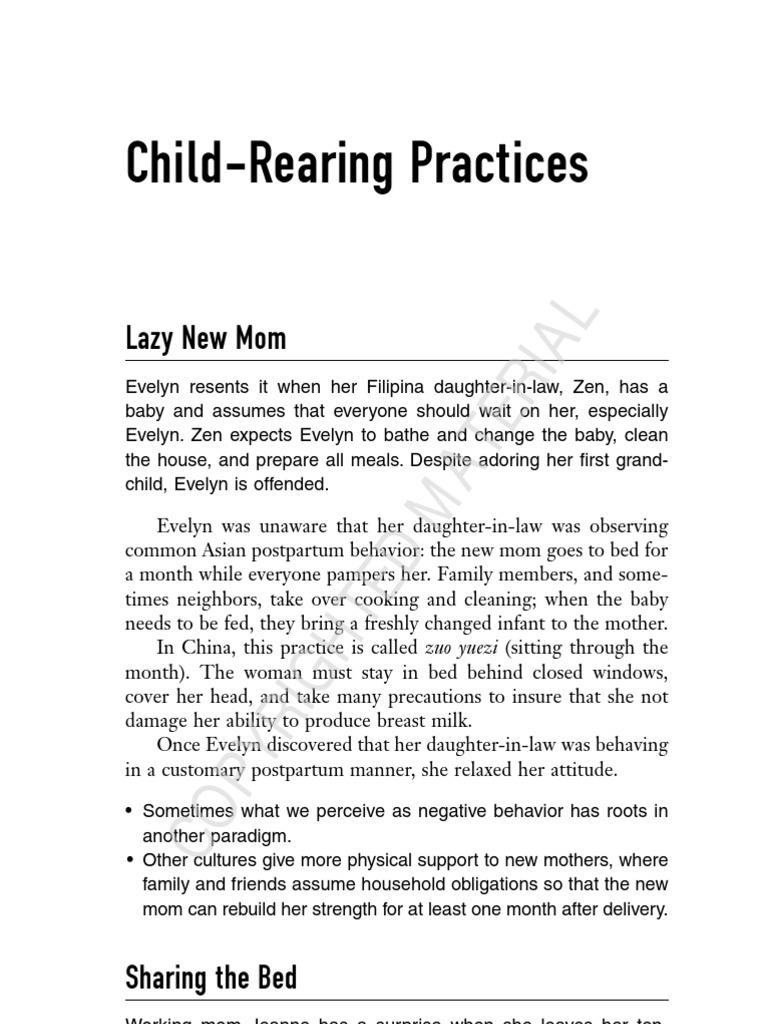
Here are the two most commonly used styles of attachment: Dismissive and Enmeshed. Find out which type of attachment your daughter is most likely and how to get it. Read on to learn more about the mother daughter relationship psychology of these styles and why they are important to understand. It is a common mistake for parents to not know which type of daughter their child has. If your daughter does not display either of these styles, you should immediately recognize it.
Dismissive-avoidant attachment style
Dismissive-avoidant attachment styles in mother-daughter relations are the most common. It often results from inconsistent parenting. This attachment style can be characterized by anxiety, insecurity, and a lack confidence in meeting their needs. These adults are more inclined to avoid romantic relationships and instead seek out relationships that are independent and keep them away from their emotions. These people may still want to have close and meaningful relationships with their mother.

This attachment style can lead to an adult's overly positive self-image, which may mask a more negative view. These people are more likely to be disengaged and deactivate their self protection system. They also make it less likely that they will build supportive relationships. People who avoid others are less likely to trust them and see those seeking their support as weak, emotionally unstable and immature. They are less likely not to be happy in their relationships.
Adults who are dismissive-avoidant in attachment often minimize the effect attachment has on their relationships, and downplay its importance. They don't let their children express their emotions and view others as untrustworthy. This intergenerational pattern is difficult to break, but it is possible to change these habits. Therapy is one way to break these patterns. It is possible to be shocked at how quickly these attachment styles can impact a child's lives.
Enmeshed attachment style
It can be hard to alter the dynamics of an enmeshed mother/daughter relationship. Enmeshment is a benefit that can be difficult to change. You can identify your own enmeshed attachment style by working with a therapist. The best way to heal and move forward in your relationships is by learning how to recognize the signs of attachment and how to set healthy boundaries.
In mother-daughter relationship, signs of an enmeshed attachment style include neglecting boundaries and favouritism towards one sibling more than the other. The child may feel pressured by their parents to pursue their interests and follow their wishes. Sometimes, the child might feel guilty for following other interests than those of their parents. These are just a few of the signs of enmeshed family dynamics.

As children grow older, enmeshed attachment style may be perpetuated. This could be because of codependency. It is more common for children to grow up in dysfunctional families to fall into enmeshment patterns later on. Fear of abandonment is the main cause. If a child is subjected to enmity in their mother-daughter relationships, it is likely that they will continue to experience this pattern as adults.
FAQ
How can my child stop bullying other children?
Bullying is a serious problem for many young people.
Some children bully their peers because they feel insecure. Others bully because they enjoy seeing someone else suffer.
Bullies often don't realize how much damage they can cause. They think they are doing the right thing.
It is important to identify ways to stop bullying at schools.
Here are some ideas:
-
Teach students about bullying. Explain to students that there are both positive and bad forms of bullying.
-
Talk to your child regarding bullying. Tell him or her that you don't like it when he or she picks on others.
-
Encourage empathy in your child. Encourage him or her to put himself or herself in other people's shoes.
-
It is important that your child understands how to stand up for themselves and herself.
-
Be consistent. Keep your word if you tell your child that he or she will not touch another student.
-
Your child should be watched at school.
-
Tell teachers if your child is being bullied.
-
Use gentle language with your child. Instead, be kind and gentle.
-
Set clear boundaries. It is important that your child knows where he or she stands along with you.
-
Support your child by standing up.
-
Together as a family. Parents and siblings can be supportive of each other in maintaining peace.
-
Use rewards and punishments with care. Rewards work well for good grades and chores. Punishments work well for misbehavior.
Why some children do not follow their parents' instructions?
Children are naturally curious, and they want to learn from other children. Children are naturally curious and want to learn from others. They might not know why they need to follow certain rules, and may not have self-discipline.
Children must understand the reasons they need to follow rules and what consequences are for breaking them.
They should also understand that following rules doesn't mean they must give up their freedom. They will be safe.
This will help them understand.
These are some ways to teach your kids how to be better parents.
-
Explain to them why the rules are important.
-
Teach them about consequences.
-
Help them develop self-control.
-
Have fun.
-
Don't expect perfection.
-
Encourage them to ask for clarifications.
-
You should be praised for your effort and not just your results.
How can I tell if my child needs more or less discipline?
Different stages of development require different levels of discipline from children.
If your child is under two years of age, spanking can be beneficial.
Your child may require more structure and guidance if he/she is older.
Before you make any significant changes to your parenting style, you should talk with your doctor about changes in your child’s behavior.
Why do parents choose authoritarian parenting?
A sense of autonomy and self-determination is essential for children to be healthy adults. Children who aren't allowed to make their own decisions often feel helpless and incapable of managing life. As a result, they may become anxious or depressed.
Authoritarian parenting styles tend to create an environment where children feel controlled and powerless. This leads to feelings of loneliness and inadequacy. It reduces their ability learn to handle problems and other challenges.
The most effective way to raise happy, confident, and resilient children is by allowing them to experience success and failure without fear. Children learn to be responsible for their actions and take ownership through authoritative parenting.
Children should be given the opportunity to have choices and should be encouraged and supported to express their opinions freely. By doing this, you help children build confidence and resilience.
Statistics
- Students from authoritative families were likelier to say that their parents–not their peers–would influence their decisions (Bednar and Fisher 2003). (parentingscience.com)
- Dr. Phil says, “Children should be able to predict with absolute certainty, what will happen as a result of their behavior, 100% of the time.” (parenting.kars4kids.org)
External Links
How To
What are the most common mistakes made by parents?
Parents are often not aware of what to do if their children act out. They may not realize that there is a problem until it happens again. Or they may think the child is acting out because he or she doesn't like them.
To raise a happy, healthy kid, you must set limits and consequences for bad behavior. You must teach your child the right behavior. Also, you need to teach him or her why certain behaviors are bad.
Setting rules for yourself is a good place to start. You could tell yourself that you won't yell or scream at your children. Then you'll find yourself yelling less at your kids.
You can also use these guidelines to help you deal with your child's misbehavior:
-
Set clear expectations.
-
Respect those expectations and be consistent.
-
Make sure that your expectations match your values.
-
Keep your emotions under control.
-
Show empathy
-
Do not punish them for actions they did not control.
-
Give them time to adjust.
-
Instead of imposing negative punishment, encourage positive reinforcement.